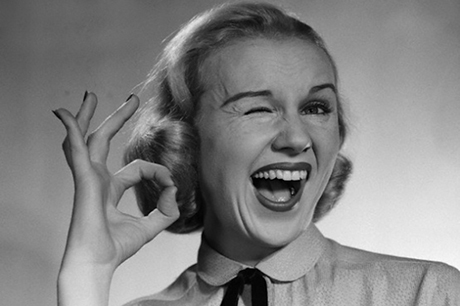So, you want to impact on the quality of communication you enjoy.
Be it with your boss. Your team members. Your colleagues. Clients. Even your family, friends and neighbours. In fact, absolutely anyone that you speak with… then you need to become aware of their ‘style’.
First thought… words are powerful.
Second thought… simple always works.
Put the two together.
Add a generous helping of attention.
Plus, a little bit of practice.

Like throwing all the perfect ingredients together, mixing them up.
The results?
Your communication could be quite something.
Back in 2007, when I became a serious student of Neuro-Linguistic Programming (NLP), I was in awe of the subject.
It seemed so wide-ranging and some of the processes (which are now very easy for me) appeared complex.
There was one specific technique though that I found immediately simple to understand. And it has always had powerful, positive results.
The concept?
The way that you and I use language falls into the following categories:
Visual
Auditory
Kinesthetic
Auditory Digital
Visual communicators use words such as;
“do you see what I mean?”
“what’s your view on that?”
“do you get the picture?”
Auditory communicators use words like;
“does that sound right?”
“are we in harmony on that?”
“yes, I hear what you’re saying.”
Kinesthetic communicators prefer words such as;
“how do you feel about this?”
“can you grasp that?”
“what’s your gut instinct?”
Auditory Digital communicators use words such as;
“does that make sense?”
“what are your thoughts?”
“tell me your experience with this.”
It may be that your preference is across all four styles and that you spread your use of words is quite even.
If that is you, then you are an ideal person for anyone to talk with. It is because you are going to understand them regardless of their preferred style.
For example;
What’s your view on that?
How does that sound?
How do you feel about that?
What do you think about that?
These all mean the same thing. But when you express them in the four preferences (or as known by NLP as Representational Systems) everyone will be able to understand you.
No problem!

Lucky you!
Where it gets a little more involved is if you have a massive preference in one category.
Let’s say you score high as a Visual language style.
What’s more, you have a very low preference for the other styles.
Anyone talking with you had better be using words such as; see, view, picture, clear, focus otherwise, they will not be speaking in your language.
It is that simple!
Paying attention to this one small aspect of your communication could pay you back… big!
Once you have identified the language patterns within someone’s speech, then you can be brave enough to practice talking to them in their language.
This one small change really can have a big beneficial consequence in your communication.
Remember, to have effective communication with another person, it REALLY helps to speak their language!
Every team, organisation and individual can benefit from developing communication skills. If you would like to enhance yours, then our bespoke training programmes come highly recommended.
Get in touch with us to find out more information.

